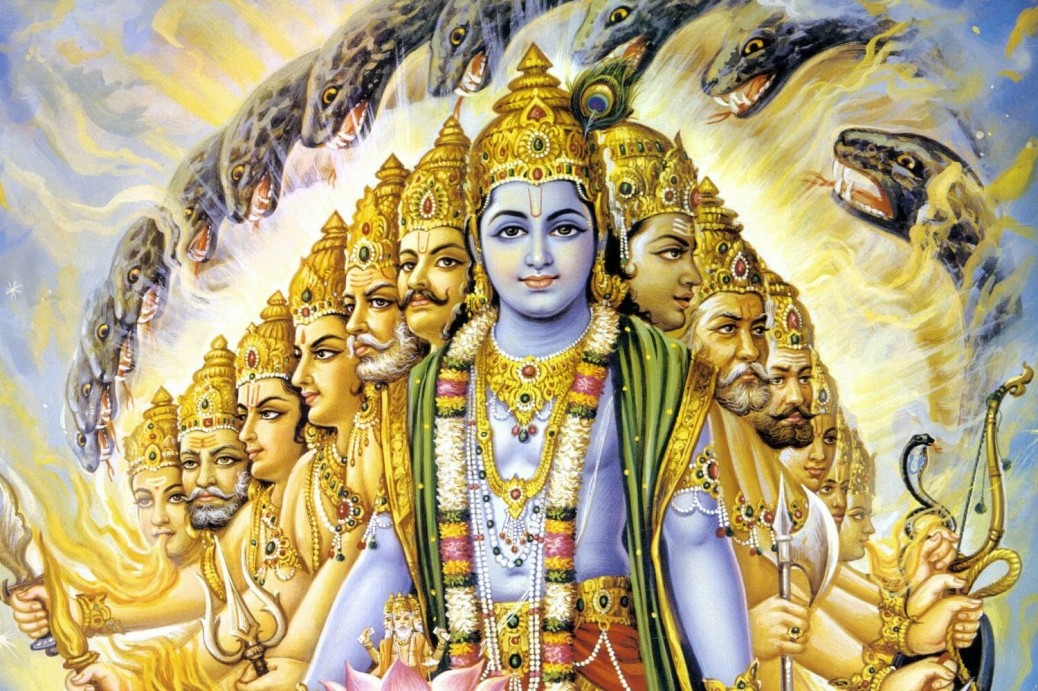Happiness is Where You Are – In Gita Verse 18.37 That which in the beginning may be just like poison but at the end is just like nectar and which awakens one to self-realisation is said to be happiness in the mode of goodness.
Bhagavad Gita Verse 18.37 posits that happiness, which may initially seem like poison, ultimately transforms into nectar, leading to self-realisation. This verse distinguishes between different types of happiness: Satvik, Rajasic, and Tamasic. Let’s delve into these distinctions and their implications for our pursuit of happiness.
Although Satvik happiness may initially feel like poison, it eventually turns into nectar. This happiness arises from self-intelligence and is thus termed Satvik. On the other hand, Rajasic happiness follows Tamasic happiness. It emerges from the interaction between senses and objects.
The lamp of consciousness is constantly burning. If one finds pleasure in the darkness near it, this is Tamasic happiness. If one does not directly enjoy the light of this lamp and instead seeks pleasure through the senses, body, or external objects, that happiness is Rajasic. However, if one takes pleasure in the light of the lamp itself, without any intermediary – neither through senses, objects, body, nor mind – this is Satvik happiness.
The pleasure derived from the combination of objects and senses may appear like nectar during the moment of enjoyment but ultimately turns into poison. Sensory pleasures seem delightful while being experienced but become painful once they are over. This is deceptive.
Sexual pleasure, for instance, may seem gratifying but often leaves behind sadness, pain, fatigue, and defeat. A sense of self-guilt follows, revealing the folly of such transient pleasures. It is rare to find someone who does not feel self-guilt after sexual intercourse. If one does not hear this inner voice of guilt, happiness is Tamasic. If this guilt is heard, the pleasure is Rajasic.
All sensory pleasures are fleeting. They are akin to a car with bright lights passing by on a dark road – momentarily illuminating but leaving behind a deeper darkness. The pleasures derived from the senses make us feel even deeper darkness after their fleeting moments of enjoyment. Hence, they seem like nectar initially but turn into poison in the end.
In contrast, the happiness a seeker derives from the practice of meditation, worship, and service, which leads to the end of sorrows, may initially feel like poison but ultimately transforms into nectar. This is Satvik happiness. The condition of Satvik happiness is the opposite of Rajasic happiness. Initially, it may seem sorrowful, as all penances do. Meditation, prayer, and worship may seem joyless at first. However, those who persevere through this initial struggle become entitled to great happiness.
Meditation, for example, may seem like a waste of time initially. It may bring physical discomfort, distractions, and a storm of thoughts. However, sitting quietly for an extended period, despite these disturbances, ultimately leads to profound peace. The initial penance is painful, but its fruits are sweet. Satvik happiness is painful at the beginning but leads to great joy in the end.
Satvik happiness is the opposite of Rajasic happiness in that it does not rely on the senses. It arises from the joy of practice in meditation, worship, and service. This joy is inherent in one’s consciousness and is not obtained through any external means.
In meditation, for instance, one sits idle. Gradually, with perseverance, thoughts disappear, leaving one alone. In that solitary moment of silence, unconnected to anything external, an inner waterfall of joy emerges. This joy comes from within and does not depend on external sources.
Satvik happiness arises from within. Tamasic happiness, on the other hand, is achieved by extinguishing the inner lamp of consciousness. Rajasic happiness is sought through the senses and the body. Satvik happiness is opposite to Rajasic happiness because it does not involve the senses. In Rajasic happiness, joy comes first, followed by sorrow. In Satvik happiness, sorrow comes first, followed by joy.
Satvik happiness is also the opposite of Tamasic happiness. Tamasic happiness depends on unconsciousness, while Satvik happiness depends on consciousness, meditation, worship, and awakening. Tamasic happiness relies on the heaviness of the body, laziness, and carelessness. Satvik happiness depends on lightness, as if one’s life has wings and can soar in the sky.
Krishna’s teachings emphasise that happiness is where you are. Despite humanity’s historical misery, rare individuals, such as Buddhas, have achieved happiness. Freud, observing human misery, concluded that happiness is impossible. However, Krishna’s teachings suggest that the very desire for happiness creates misery. By focusing on the present moment and being here-now, one can find happiness. Happiness is not to be sought; it is inherent in the universe. By looking directly at the immediate present, one can experience the joy that surrounds us.
Tags: Happiness is Where You Are




